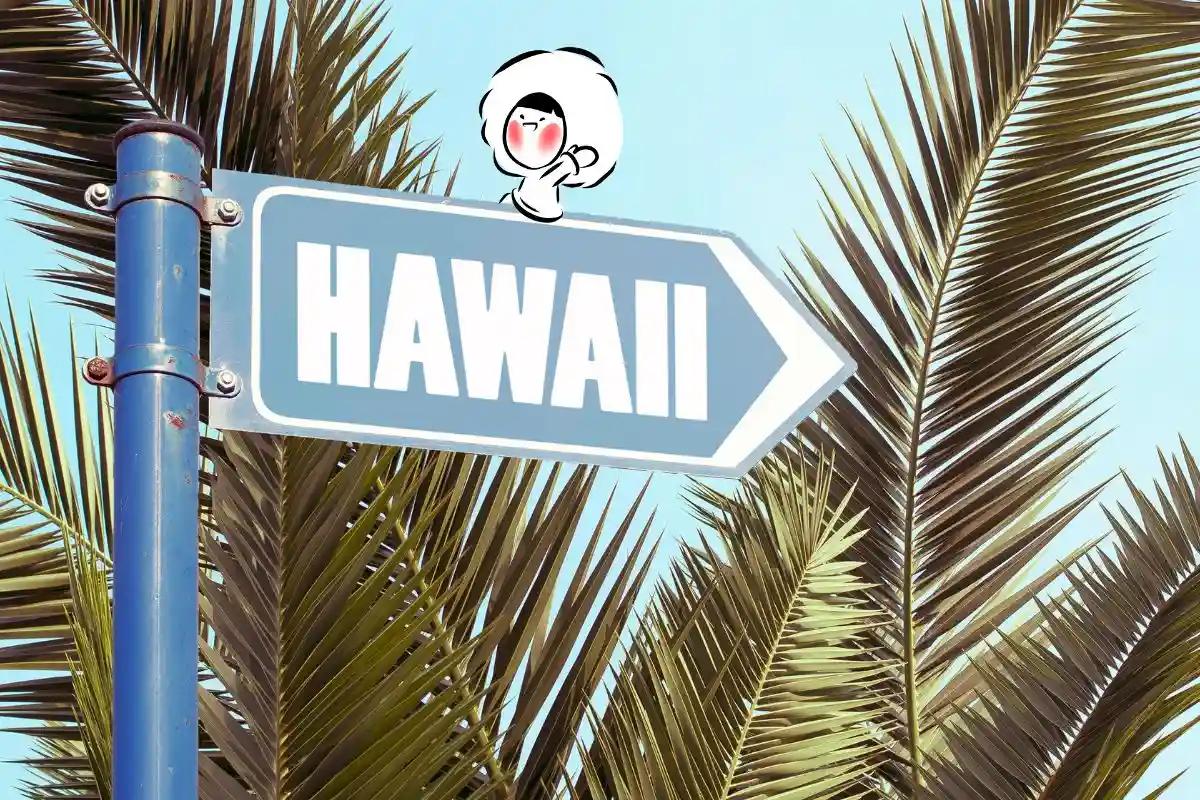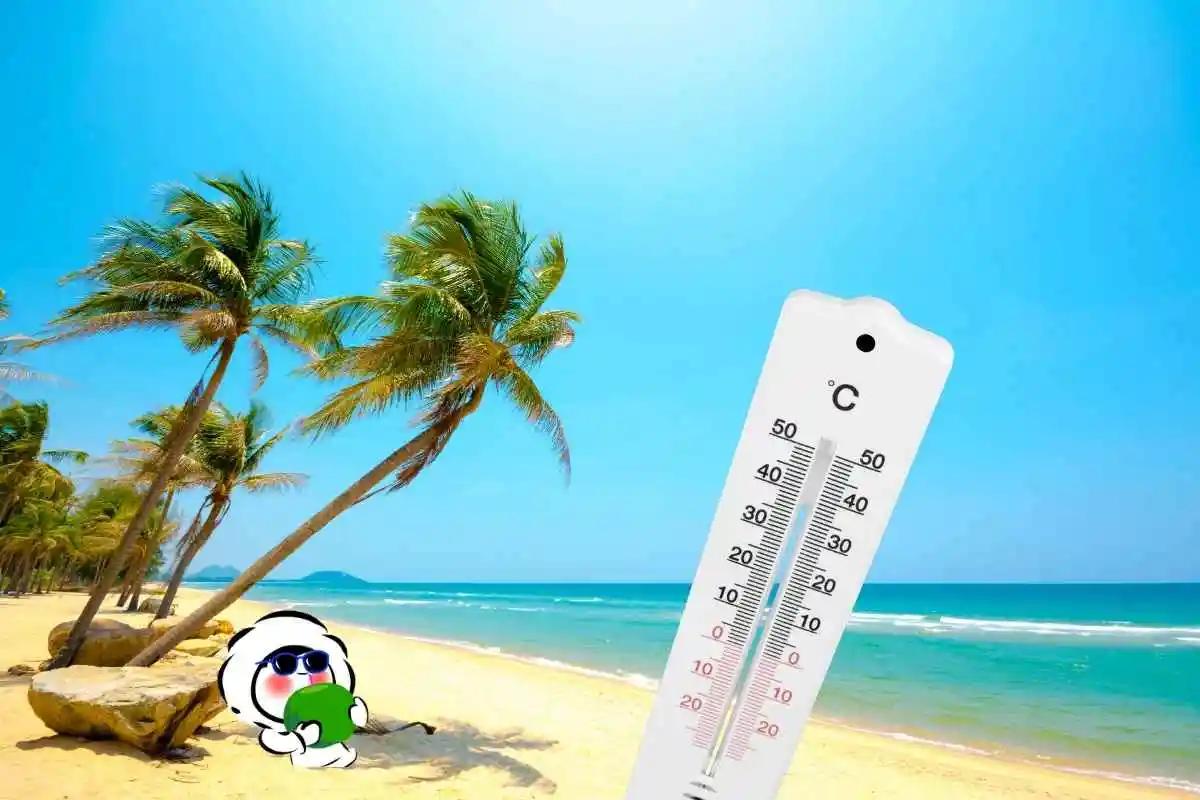
What’s in Hawaii
Hawaii is one of the most iconic holiday destinations in the world, known for its tropical beaches, dramatic volcanic landscapes, lush rainforests, and vibrant Polynesian culture. Located in the Pacific Ocean, this island state offers a mix of natural beauty, relaxation, adventure, and cultural experiences that make it completely different from anywhere else in the United States. Hawaii consists of multiple islands, but the most popular for travelers are Oahu, Maui, Big Island (Hawaiʻi Island), and Kauai, each with its own style and attractions.
Why People Love Holidaying in Hawaii
Travelers choose Hawaii because it feels like a paradise escape without needing to leave the United States. The weather is warm year-round, the atmosphere is laid-back, and the landscapes are incredibly diverse (white-sand and black-sand beaches to volcanoes, waterfalls, and coral reefs ideal for snorkeling). People also love Hawaii for its genuine hospitality, known locally as the “Aloha Spirit,” which emphasizes kindness, warmth, and respect.
Hawaii’s Signature Culture, Food, and Drink
Hawaii’s identity is shaped by Native Hawaiian culture and a blend of influences from Japan, the Philippines, China, Portugal, and the mainland U.S. Hula dancing, ukulele music, and traditional luaus are cultural highlights, often featuring storytelling and performances that showcase Hawaiian mythology and history.
Food is a big part of the experience. Some must-try dishes include:
- Poke (fresh marinated tuna)
- Loco moco (rice with burger patty, egg, and gravy)
- Kalua pork (slow-roasted in an underground oven)
- Spam musubi (seaweed-wrapped rice with grilled Spam)
- Shave ice (a refreshing Hawaiian dessert)
For drinks, popular choices include Mai Tai, fresh pineapple juice, and Kona coffee, grown on volcanic soil and famous worldwide for its rich flavor.
How Long to Stay in Hawaii
The ideal length of stay depends on how much you want to explore. Most travelers stay 7 to 10 days, which allows enough time to visit one or two islands without rushing. If traveling between different islands, 10 days or more is recommended to fully enjoy the unique attractions each island offers. Here is an example of 7-day itinerary to Hawaii:
Day 1 : Arrive in Honolulu, settle in Waikiki, enjoy the beach and sunset at Ala Moana.
Day 2 : Explore Pearl Harbor, USS Arizona Memorial, then stroll around Waikiki nightlife.
Day 3 : Visit Diamond Head hike in the morning, Hanauma Bay snorkeling in the afternoon.
Day 4 : Fly to Maui, relax in Lahaina and enjoy Kaanapali Beach.
Day 5 : Sunrise at Haleakalā National Park, then explore the Road to Hana.
Day 6 : Beach day and optional whale watching or surfing class.
Day 7 : Souvenir shopping, enjoy a final luau before flying home.
What to bring for 7 days in Hawaii:
- Swimsuits and beachwear
- Sunscreen (reef-safe)
- Sunglasses and sun hat
- Slippers/flip-flops and comfortable walking shoes
- Light clothes + a light jacket for evenings
- Toiletries and personal skincare
- Waterproof phone case + camera
- Reusable water bottle
- Hiking outfit (if doing trails)
- Travel documents, cash, and cards
How to Get to Hawaii
Hawaii is reachable only by air when coming from the U.S. mainland. Major airlines provide direct flights to Honolulu (HNL) from cities like Los Angeles, San Francisco, Seattle, Las Vegas, Dallas, Chicago, and New York. From Honolulu, travelers can take short domestic flights to Maui, Kauai, or the Big Island. Cruise options also exist, but flights are by far the fastest and most common way to reach Hawaii.
Is Holidaying in Hawaii Expensive?
Hawaii is considered one of the more expensive travel destinations in the United States. Accommodation, car rentals, and dining can be pricey, especially during peak seasons. However, budget travelers can still enjoy Hawaii by visiting lesser-known beaches, joining free cultural events, eating at local markets, and booking flights and hotels early for better rates. Most travelers spend $230–$350 per day, so around $1,600–$2,400 for 7 days, including hotel, food, activities, and transportation.
FAQs
Do I need a visa to visit Hawaii?
If you are a U.S. citizen, no visa or passport is needed. International travelers must follow U.S. entry requirements, which may include a visa or an ESTA for eligible countries.
What is the best time of year to visit Hawaii?
The most pleasant months are April–June and September–mid-December, when the weather is great and crowds are smaller. Winter (Dec–Feb) is peak season and prices are highest.
Do people rent cars in Hawaii?
Yes, renting a car is very common, especially on Maui, Kauai, and the Big Island where attractions are spread out. In Oahu, many visitors use buses and shuttles instead.
Is Hawaii suitable for family holidays?
Absolutely. Hawaii offers kid-friendly beaches, cultural shows, easy hiking trails, aquariums, and resorts with children’s programs.
What type of payments are accepted in Hawaii?
Credit and debit cards are widely accepted, but it’s useful to carry some cash for food trucks, small markets, and remote areas.
















